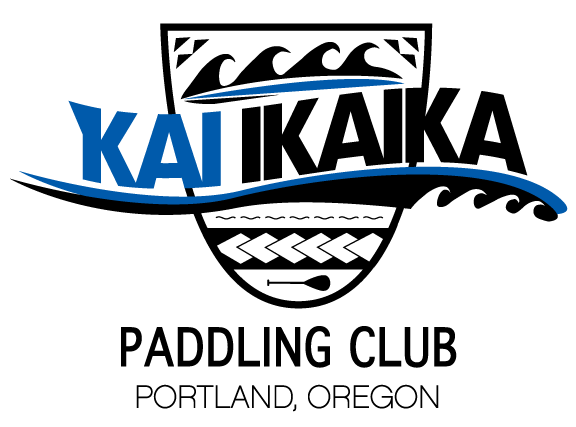Outrigger Paddling Technique
Technique, technique, technique! Everybody has an opinion, secret, the right way, perfect stroke rate, etc. This is the style we are trying to develop in order to have a consistent club technique.
BRACE YOURSELF
Get a good foot plant against the bottom of the canoe with the paddle side leg. This will help you transfer the power you generate into the canoe.
BRACE YOURSELF SOME MORE
Try to lock your off side under the seat, up against the side of the canoe or where ever you feel comfortable. This will help keep the lower body from twisting opposite to your upper body and again assist the transfer of power.
POWER FROM THE CORE
Most of your paddle strength will come from the core. Your back, stomach and shoulders are the driving force in your stroke.
STRONG TOP HAND
The top hand does two things. Firstly, it applies power forward and down at the beginning of the stroke (catch). This gives a leverage assist to the stroke. Secondly, it locks your paddle into the water and your complete torso into the twist of each stroke.
SMOOTH D STROKE
We want to exit with an outward sweep, forming a D with your stroke. The paddle will enter at the front, slicing into the water from the outside. As it enters give the forward and downward thrust with the top hand. Imagine that after the entry of the paddle, you are trying to lift the boat and yourself with the initial force of your stroke. Now move into the pull portion of the stroke which is where the torso twist comes into play. Exit the blade just after it passes the knee and before your reach your hip.
PAUSE AT THE BACK AND GLIDE
During timing drills or practicing boat glide, pause at the back of the stroke rather than at the front. The theory is that if you pause at the front, you are adding to “boat dive”, and restricting the unweighting glide sensation of the boat.
GO FOR THE GLIDE
An OC-6 with full female crew weighs 1200 lbs or more. This is a lot of weight to move or to stop. Think of how long the boat glides when you stop paddling and learn to use this glide.
STROKE RATE
There is no perfect rate. There is a comfortable rate relative to your team’s ability and size. Water conditions also come into play. We start off with a slow rate of 50 to 55 strokes per minute. From there, we will slowly increase the rate as our boat speed, skill and fitness increase. We will likely end up around 68 to 70 strokes per minute for men and 62-66 for women.
TIMING
“In together, out together”, you will hear time and time again. There will also be lots of same side drills. Every paddler from the largest to the smallest must enter and leave the water at exactly the same time. Smaller people must try to reach their stroke out and larger people may have to shorten their stroke a bit. All paddles must go through the water at the same speed.
BOAT SPEED
Get the boat up and moving as fast as you can, then start to back off power until the boat speed is seen to fall off. A smooth team can back off 3 to 5% in effort once the boat is moving and still maintain speed. Boat speed and stroke rate are directly relative as long as technique and reach are the same. When training at lower effort levels, the stroke rate and boat speed will be down.
